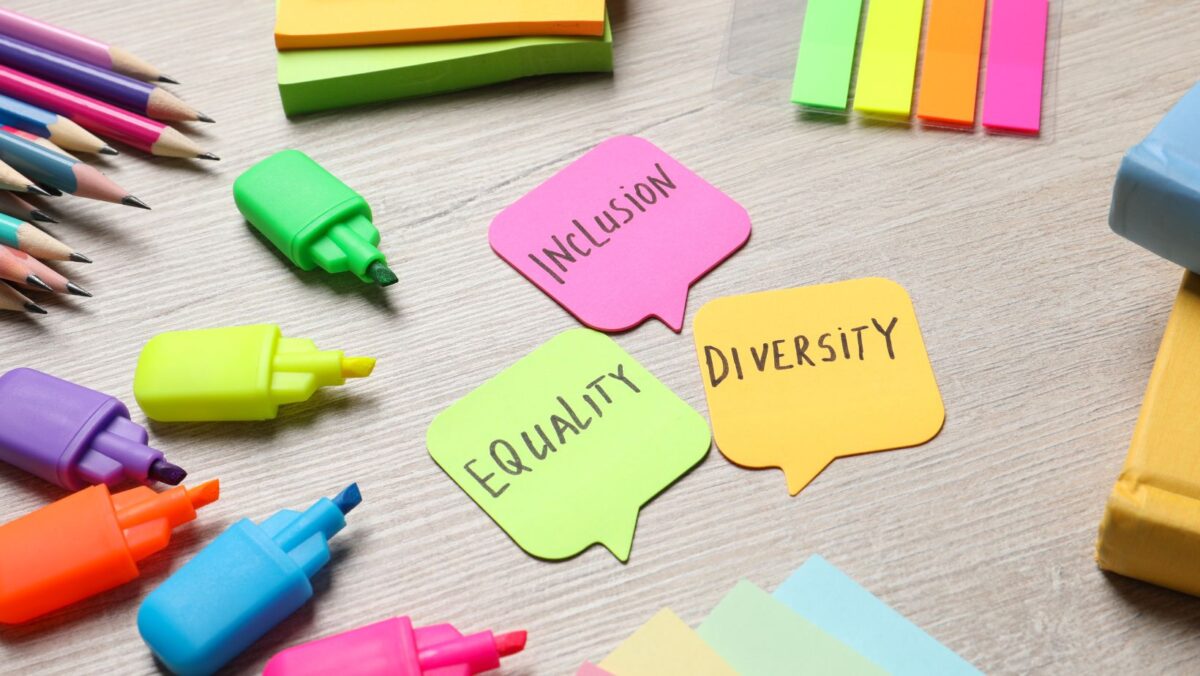When it comes to creating a welcoming and user-friendly environment, the concepts of inclusivity and accessibility often come into play. While these terms may seem similar at first glance, they actually represent different aspects of accommodating diverse needs. Inclusive design focuses on embracing diversity and ensuring that everyone feels valued and represented. On the other hand, accessibility refers to removing barriers that might prevent individuals with disabilities from fully participating in activities or accessing information.
Inclusive design goes beyond just meeting basic requirements for accessibility. It aims to actively involve people from various backgrounds in the design process to create products, services, or spaces that cater to a wide range of needs and preferences. By considering diverse perspectives and experiences, inclusive design fosters an environment where everyone feels included and can participate equally.
Inclusive vs Accessible
When it comes to creating an environment that caters to the needs of all individuals, the concepts of inclusivity and accessibility play crucial roles. While they are related, there are distinct differences between the two. Let’s dive into the world of inclusive design and accessible design and explore how they impact user experiences and website performance.
Creating an Accessible Environment
Accessibility focuses on eliminating barriers and ensuring that everyone, including individuals with disabilities, can access and interact with a space or digital platform. It involves implementing features such as alternative text for images, keyboard navigation options, captions for videos, and clear color contrast for visually impaired users.
For example, imagine a website that has text-only versions available for visually impaired visitors who rely on screen readers. By providing these alternative formats, you ensure that all users can access your content regardless of their abilities.
Enhancing User Experience
Inclusivity goes beyond accessibility by considering the diverse range of users’ needs and preferences. It aims to create designs that can be used by everyone comfortably and effectively. Inclusive design acknowledges individual differences in cognitive abilities, language proficiency, age, cultural background, or technological literacy.
By incorporating inclusive design principles into your products or services, you make them more user-friendly for a broader audience. This could involve offering multiple language options on your website or providing adjustable font sizes to accommodate various reading preferences.
Improving Website Performance
Both inclusivity and accessibility have a direct impact on website performance metrics such as bounce rates, conversion rates, and overall user satisfaction. When people encounter websites that are difficult to navigate or exclude certain user groups due to inaccessible features or content, they are more likely to leave without engaging further.
On the other hand, when websites prioritize inclusivity by making information easily accessible across devices or catering to different browsing methods (e.g., touchscreens or voice commands), it enhances usability for all users. This leads to a positive user experience, increased engagement, and ultimately, better website performance.

Creating an Inclusive Environment
When it comes to building a truly inclusive environment, we need to go beyond just accessibility. While accessibility focuses on providing physical accommodations for individuals with disabilities, inclusivity goes a step further by embracing diversity and ensuring that everyone feels welcome and valued.
Here are some key considerations for creating an inclusive environment:
- Understanding diverse needs: Recognize that individuals have different abilities, backgrounds, and identities. Take the time to understand their unique needs and experiences so you can tailor your approach accordingly. This could involve conducting surveys or engaging in open dialogue with your community.
- Removing barriers: Identify and eliminate any barriers that may prevent individuals from fully participating in your space or accessing your services. This could include providing ramps for wheelchair users, installing visual aids for those with visual impairments, or offering alternative formats for written materials.
- Promoting equal opportunities: Ensure that everyone has an equal opportunity to contribute and participate. This involves fostering a culture of respect and inclusion where all voices are heard and valued. Encourage collaboration, provide training on diversity awareness, and address any biases that may exist within the organization.
- Creating accessible digital content: In today’s digital age, it is important to make sure your online presence is accessible to all users. Consider using alt text for images, captions for videos, and descriptive headings to assist individuals who use screen readers or have visual impairments.
- Educating staff members: Provide training sessions for your staff members on inclusivity and disability awareness. Equip them with the knowledge they need to interact respectfully with individuals from various backgrounds and abilities.
Remember, creating an inclusive environment is an ongoing process that requires continuous evaluation and improvement.

